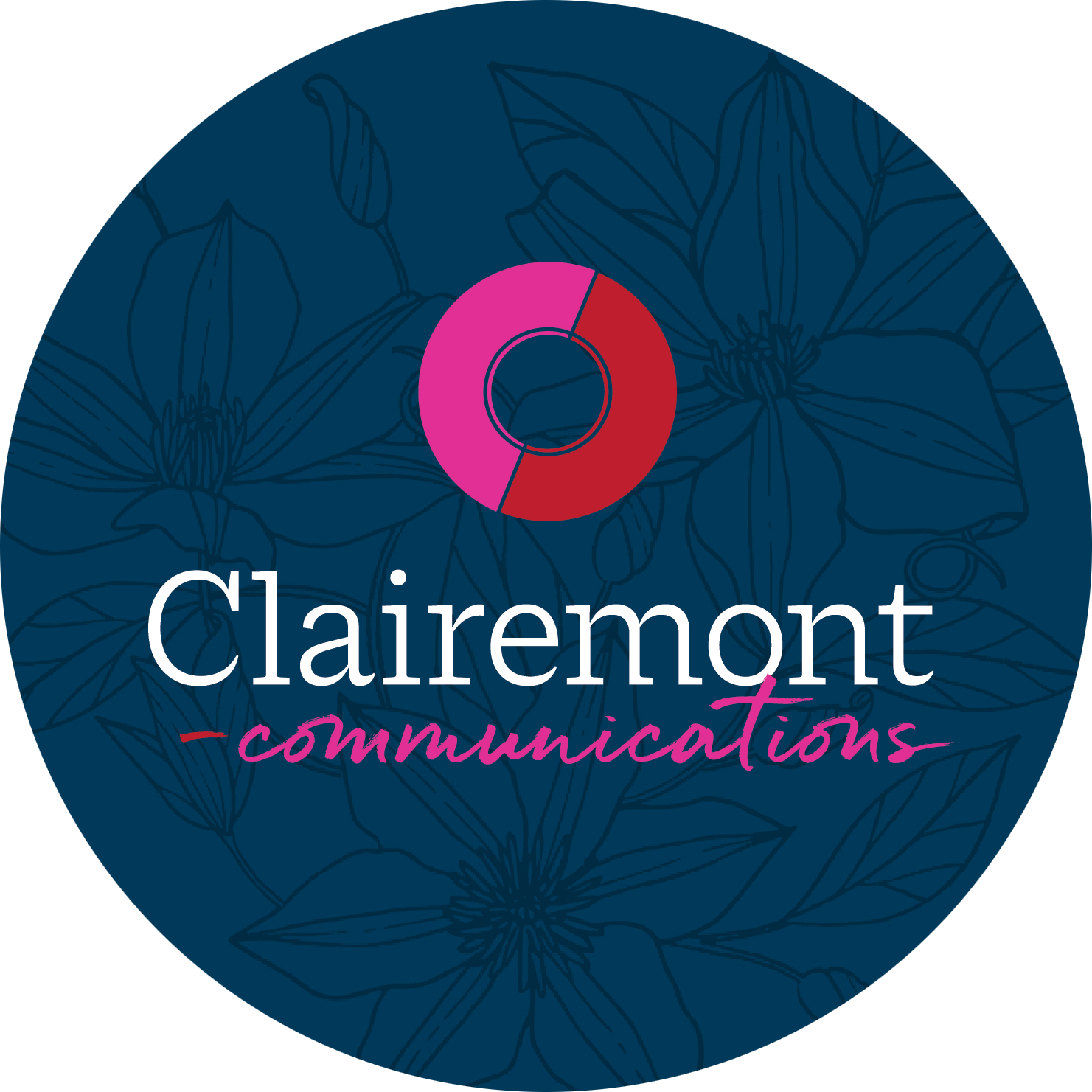Guest post by our fabulous intern, Stephanie Zirker!
The millennials, often dubbed the “connected generation,” may be advanced, but they aren’t the end of the line. What will society coin our next generation, the ambassadors of new products being introduced daily? Being a millennial myself, I can say that we largely owe our “connectivity” to the companies that continue to design “the next new thing,” and without these newest gadgets, we would feel as if we were missing out on cutting edge trends in communication.
Consider Apple and its exclusive iPhone-to-iPhone capabilities that encourage buyers to turn to Apple technology in order to be part of the hippest tech culture. It’s hard to imagine that technology could somehow claim a bigger role in our daily lives. But a peek into the future reveals yet a closer level of integration between humans and devices – technologies with a fashionable flare.
What to Expect
Machinery can’t get much closer to our physical person than with the growing industry of “wearable technologies.” Before long, you won’t even have to move a muscle to see your updated Facebook feed or read urgent emails. For example, Google Glass combines vision technology with the Smartphone features many consumers expect, such as the ability to surf the internet or snap a photo.
But don’t stop with function. In our connected age, the term “wearable” signifies the undeniable relation between utility and appearance, media and communications that are inescapably part of our being. Temporary tattoos that can monitor pregnancy, a cocktail ring that tells you when the phone buried in your purse is ringing, even a hoodie sweater that can send text messages—these are the products that will become innate parts of the ever-evolving definition of “being connected.” Even Clairemont has gotten in on the action — or at least close to it — by working last year with 10 for Humanity to introduce the Tiger Eye Security Sensor, jewelry that is designed to help prevent violent crimes. Thus, wearable technology will continue to blur the line between technology as a tool and tech as a fashion.
The Ripple Effect for Business
The prosperity of the market for wearable technology will, however, depend on companies’ ability to appeal to customers’ fashion interests. On the flip side, style trends will become more digital, more industrial. As developers work to find a happy union between style and practicality, the question then becomes which features take precedence during design: look or utility.
For businesses, the wearable technology trend introduces the possibility to create a visual company profile through customizable products. Imagine a Smart hoodie designed for a specific organization and supplied to customers or employees. The new employee uniform could concurrently serve as the staff member’s means of communication.
The 21st Century Legwarmer
This wave of wearable technology opens the gates for tech products to shape users’ individual images. With many producers jumping on the growing trend of fitness bands, the slickest and most chic models are among the most popular. The new market for smart jewelry that provides call alerts allows women stay connected (and cutely accessorized) throughout the day without a second thought.
Take a quick memory trip back to the ’80s, the decade with legwarmer fashion and a boombox music culture. While music boxes and the loud, brightly colored style trend are often lumped together because of a similar time frame, the two are not interrelated. That won’t be the case in 80 years. A look back from year 2101 at the fashions of the mid-21st century will no doubt feature products that marry fashion with function: technology as the 21st century legwarmer.

